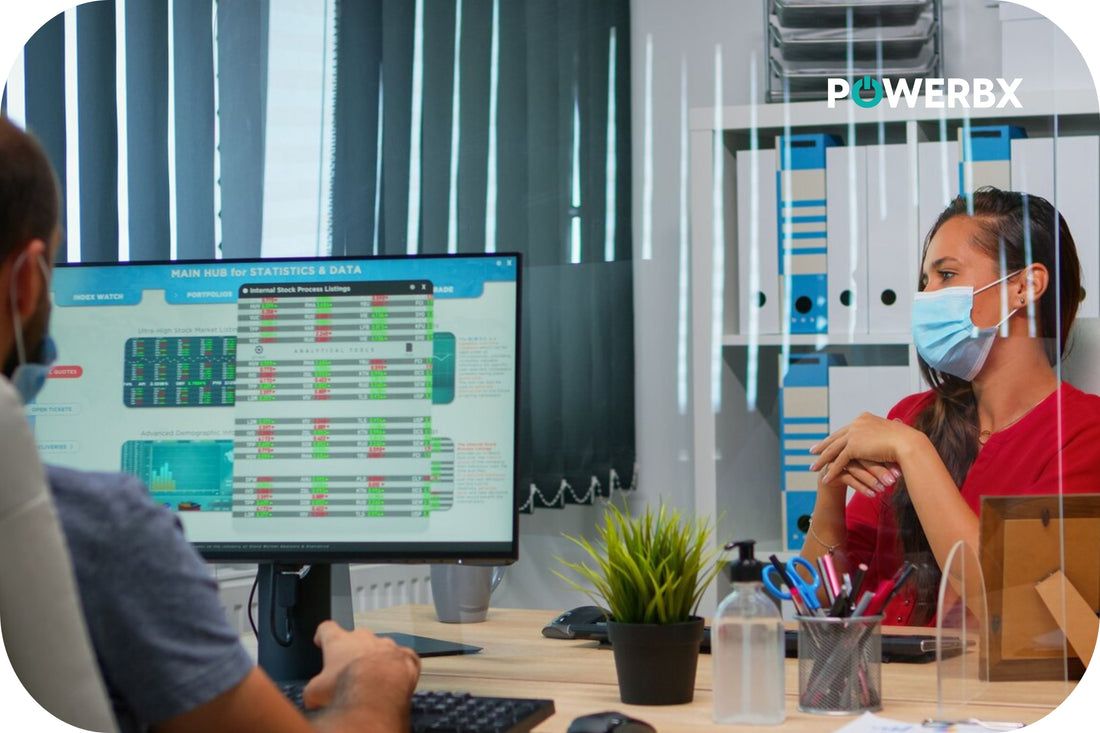Navigating the World of Room Scheduling Displays: What to Know
In today's fast-paced business environment, effective space management is crucial. Room scheduling displays have become essential tools in managing meeting spaces efficiently. Whether you're in a corporate setting, educational institution, or any organization with shared spaces, understanding room scheduling displays can transform how you utilize your areas. This article delves into the essentials of room scheduling displays, offering insights and guidance to navigate this technological solution effectively.
Understanding Room Scheduling Displays
Room scheduling displays are digital interfaces that provide real-time information about the availability of meeting rooms or spaces. Mounted outside conference rooms or shared spaces, they offer a user-friendly way to check room status, book instant meetings, or view upcoming reservations. This technology enhances workspace efficiency, reduces double bookings, and improves communication regarding space utilization.
Historical Context and Evolution
The evolution of room scheduling displays reflects broader trends in workplace technology. Initially, room bookings were managed manually or via basic digital calendars. However, as organizations grew and spaces became premium, the need for more sophisticated, real-time solutions became apparent. Today's room scheduling displays are often part of integrated workplace management systems (IWMS), offering seamless integration with calendar applications and providing advanced features like occupancy sensors and analytics.
Key Features to Consider
When exploring room scheduling displays, consider the following features for maximum benefit:
- Real-Time Availability: Displays should provide up-to-date information, showing room status at a glance.
- Integration: Effective systems integrate seamlessly with popular calendar and email platforms.
- User Interface: Look for displays with intuitive, user-friendly interfaces.
- Customization: The ability to customize displays to fit your organization's needs can be a significant advantage.
- Analytics: Advanced systems offer analytics to track room usage patterns, helping optimize space utilization.
- Sustainability: Consider energy-efficient displays with features like automatic sleep modes to reduce power consumption.

Selecting the Right System
Choosing the right room scheduling display involves evaluating your organization's specific needs. Consider factors like the size of your space, the number of rooms, and the existing tech ecosystem. Prioritize systems that offer scalability, robust support, and user-friendly interfaces.
Implementing Room Scheduling Displays
Effective implementation is crucial for maximizing the benefits of room scheduling displays. Ensure thorough training for staff and clear communication about the new system. Monitor usage and gather feedback to make necessary adjustments, ensuring the system meets your organization's evolving needs.
The Future of Room Scheduling Displays
The future of room scheduling displays is likely to see further integration with IoT devices and smarter analytics, providing even more insights and efficiency improvements. As workplaces continue to evolve, especially with trends like hybrid work, these systems will become even more integral to effective space management.

Room scheduling displays are more than just digital signs; they're a gateway to smarter, more efficient space utilization. By understanding the key features, selecting the right system, and implementing it effectively, organizations can enhance collaboration, reduce wasted resources, and create a more dynamic and adaptable workspace. As technology advances, staying informed and adaptable will ensure that your organization continues to reap the benefits of this essential tool.

